-
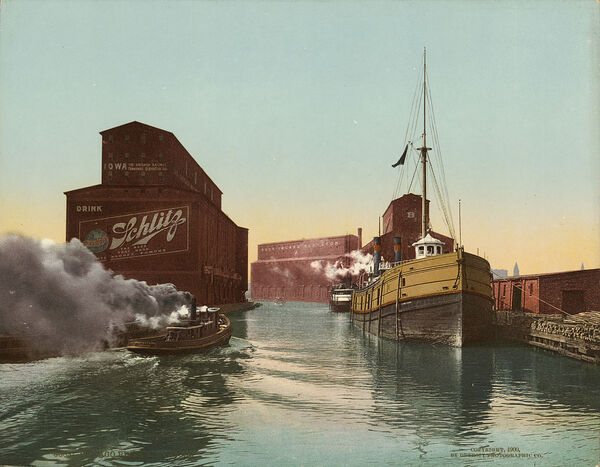
View north along the South Branch of the Chicago River at 14th Street in 1900. The Iowa, Rock Island "A" and Rock Island "B" grain elevators are visible. This section of the river was filled in as part of a river straightening project in 1927–9.
-
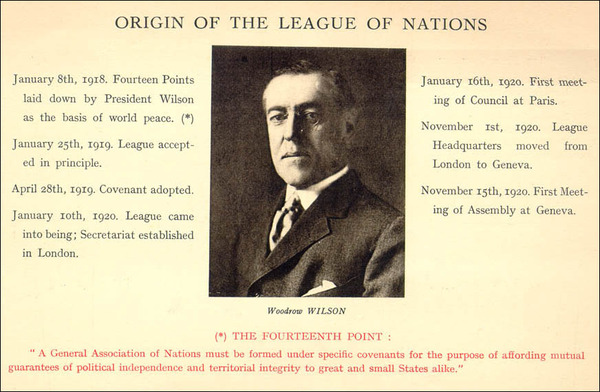
Detail from a poster stating the major events leading up to the forming of the League of nations including a black and white photograph of Woodrow Wilson
-
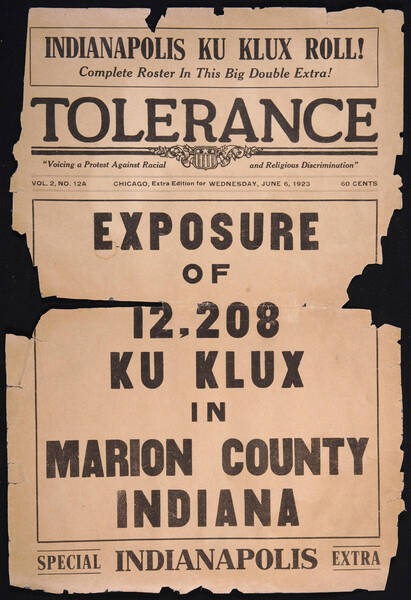
Tolerance was a weekly newspaper created and published by the American Unity League, a Roman Catholic organization in Chicago, Illinois. The American Unity League printed names, addresses, and occupations of Klansmen across the United States during 1922-1925. This special edition was published on June 6, 1923 for Indianapolis residents of Marion County, Indiana. The edition exposed over 12,000 members and organizations affiliated with the Ku Klux Klan.
This collection was received by Rare Books and Manuscripts as a donation from the Archdiocesan Archives, Archdiocese of Indianapolis on 2019/09/05. This copy is missing pages 12 and 15-18.
-
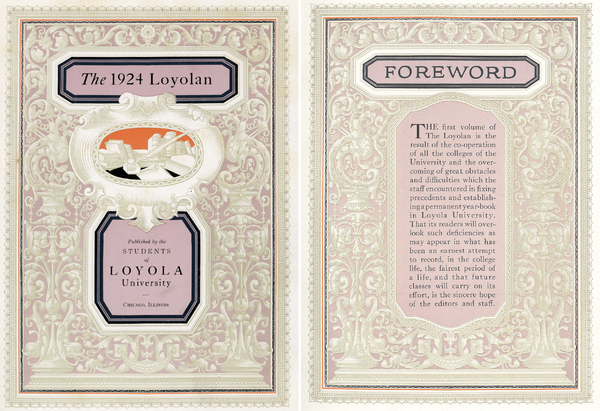
A collage of both the title page and foreword of the 1924 Loyolan yearbook, the first yearbook produced at Loyola. Both are very ornate, with pink and white designs. The cover page (left) includes the information: "Published by the STUDENTS of LOYOLA University - Chicago, Illinois." The foreword (left) says:
"The first volume of The Loyolan is the result of the co-operation of all the colleges of the University and the overcoming of great obstacles and difficulties which the staff encountered in fixing precendents and establishing a permanent year-book in Loyola University. That its readers will overlook such deficiencies as may appear in what has been an earnest attempt to record, in the college life, the fairest period of a life, and that future classes will carry on its effort, is the sincere hope of the editors and staff."
-

A newspaper clipping displaying an advertisement for Loyola University in a Yiddish-language newspaper. "Loyola University, Chicago, Illinois" is written in English, and the rest in Yiddish. The date is likely September 20, 1921 (Yiddish transliterated: "sept. 20tun, 1921"
The statistics below the title, framed by two pointing hands, reads "1940 studentn 147 profesorn" advertising that the school has 1940 students and 147 professors. Each paragraph begins with a large word: in order, they are "lawz," "meditzin," "art un science" and "sociolodzie" (law, medicine, arts and sciences, and sociology." Each paragraph describes the days and hours of classes, tuition fees, goals of the program, and the address and phone extension for each registrar. For instance, the law paragraph mentions "for di bar" - "for then bar [exam]." The medicine paragraph includes both the B.S. and the M.D. written in Hebrew letters. Art and science discusses its accreditation, offering such as "endzshineering" (engineering) . Sociology includes social work ("sotziale arbeyt"), extension classes, sociology, pedagogy, history, philosophy ("pilosophy"), literature, speaking ("shprachen"), and mathematics.
The last line reads: "ketelog un information - beym rezshistor, 617 ashland blok, telephone central 2883" and is probably translated as "Catalog and information - with the registrar, 617 Ashland Block, Telephone Central 2883."
-

A photograph taken on the Lake Shore Campus of a football match between Loyola's team and the St. Aloysius team.
Caption: Marty Griffin carrying the ball. St. Aloysius - Loyola. Loyola Field 1926.
Scanned at 600 dpi color
-
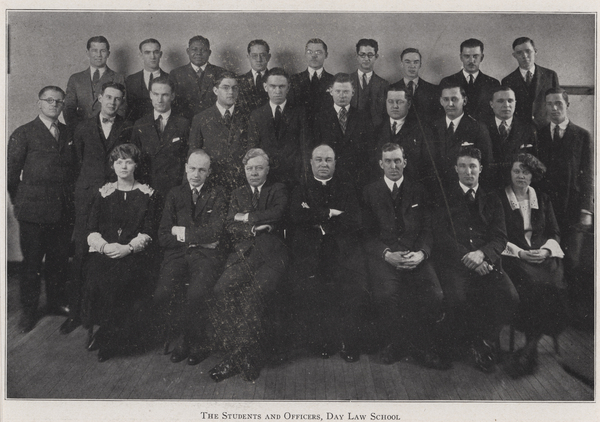
Students and officers of the Day Law School at Loyola pose for a photograph. Morning classes were added around 1921 to expand the ability of students to attend, and the law school became coeducational at the same time as well.
Scanned at 800 dpi color
-

Students sit and stand on a stage to pose for a photo. The Band members wear uniforms with capes and hold their instruments, while the Choral Society members wear suits or dresses. Professor Graciano Salvador, who led both groups, was involved with music at Loyola for several decades, as were his two children.
On the drum in the center bottom of the photo, several logos are visible, including a suit of armor and the lobos y olla, the wolves and kettle symbol of Ignatius Loyola's family.
Scanned at 600 dpi color
-
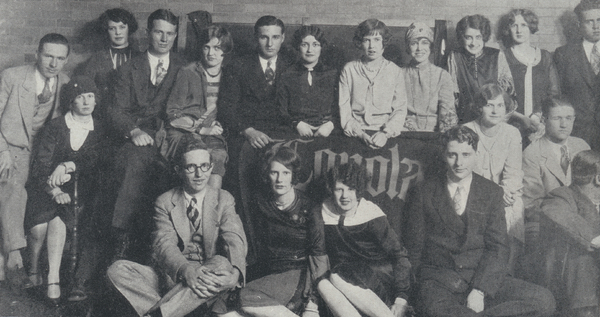
Students pose for a photo with a banner.
date original: 1927
Scanned at 600 dpi color
-

This photograph shows a yellow knit sweater with a crimson letter L on the front. The Monogram Club was started in 1924 and was meant to celebrate the varsity athletes of Loyola. (Photo: Lukas Keapproth)
-
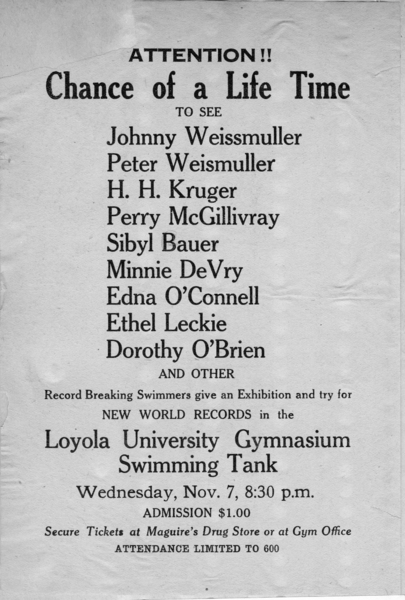
This flyer advertises a swimming competition at the Loyola University Gymnasium Swimming Tank featuring Johnny Weissmuller of Tarzan fame-- the "Chance of a Life Time." The swimmers, both men and women, would compete to "try for NEW WORLD RECORDS" and tickets could be purchased for $1 each at Maguire's Drug Store or at Gym Office. Attendance was limited to 600.
-

Seven students on the staff of the Loyola News student newspaper work around a table with typewriters and desk lamps. One student has his feet on the table. Newspapers are tacked to the wall and a bookshelf is full of books. The caption reads "Action in the News Tower."
-

An aerial photo shows Midway Airport, including two terminals, runways, many airplanes, and a large parking lot.
-
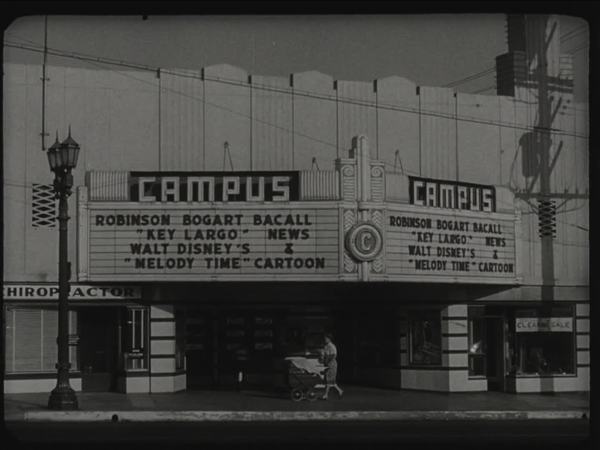
This is a screenshot of the video clip, Let's Go to the Movies.
First in a series of films about the early history of motion pictures and the technical aspects of film manufacture. Features clips from such films as, The Hills of Old Kentucky, Easy Street, The Great Train Robbery, The Jazz Singer, Night Song, Show of Shows, and a newsreel featuring President Roosevelt.
-
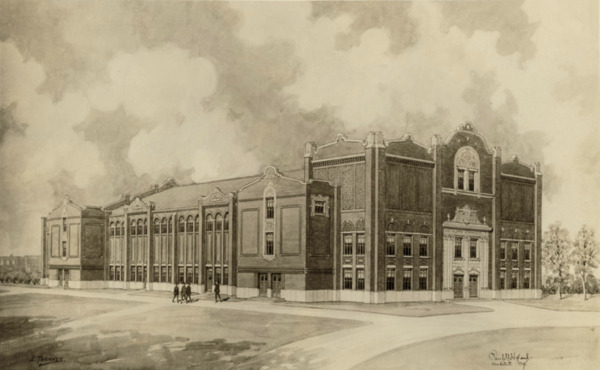
This is an architect's (Paul Hyland's) rendition of the Alumni Gym.
-

Women and children ride in a car heavily decorated with suffrage signs and American flags and bunting.
Title from unverified data provided by the Bain News Service on the negatives or caption cards.
Forms part of: George Grantham Bain Collection (Library of Congress).
Published in: Viewpoints; a selection from the pictorial collections of the Library of Congress... Washington : Library of Congress ..., 1975, no. 93.
-
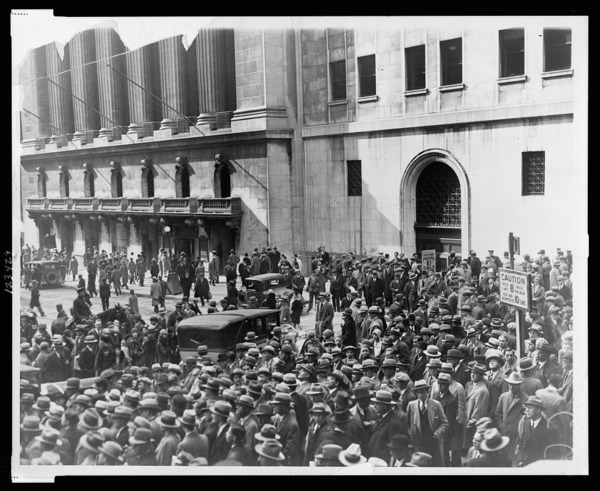
1 photographic print : gelatin silver.
Notes
- Title devised by Library staff.
- Photograph by Pacific & Atlantic Photos, Inc.
- Forms part of: New York World-Telegram and the Sun Newspaper Photograph Collection (Library of Congress).
- Published in: "Images of America" chapter of the ebook Great Photographs from the Library of Congress, 2013.
-
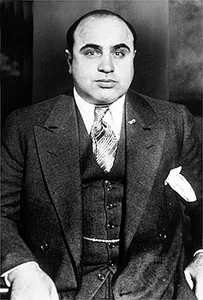
image of Al Capone
-

Jacobsen, Arnold (Collector)
Earhart, Amelia, 1897-1937, speaker (Speaker)
Audio tape; 10.5” reel, 7.5 ips; duration: 5:43
-
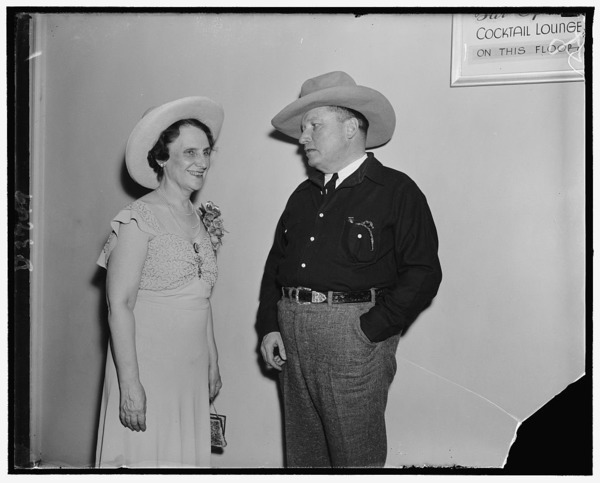
1 negative : glass ; 4 x 5 in. or smaller
Notes
- Title from unverified caption data received with the Harris & Ewing Collection.
- Gift; Harris & Ewing, Inc. 1955.
- General information about the Harris & Ewing Collection is available at http://hdl.loc.gov/loc.pnp/pp.hec
- Temp. note: Batch five.
-
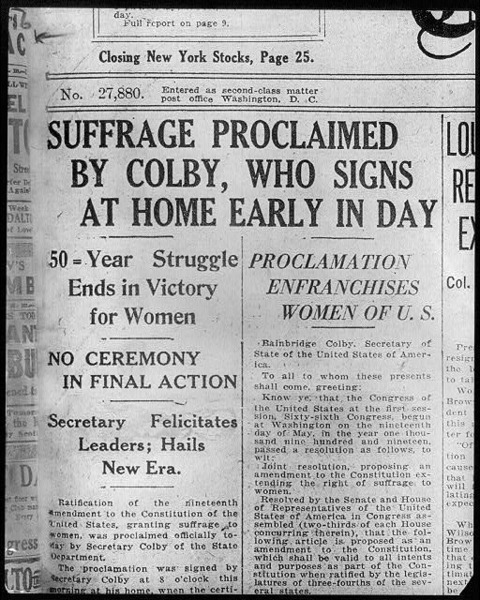
Ratification of 19th Amendment.
1 photographic print.
Notes: - Photo of newspaper headline.
- This record contains unverified, old data from caption card.
- Caption card tracings: Women Suffrage 1919; BI; Newspapers... Wash. Star; Shelf.
-

Speech by Gilbert M. Hitchcock, U.S. Senator from Nebraska and Chairman of the Senate Foreign Relations Committee; served Senate floor leader for the League of Nations debate. "The trouble with senators who oppose the League of Nations is that they are thinking of the days that are gone forever. The conquering empires of the world have been wiped out. The world is now democratic."
1 sound disc (4 min., 3 sec.) : analog, 78 rpm, mono. ; 12 in.
-
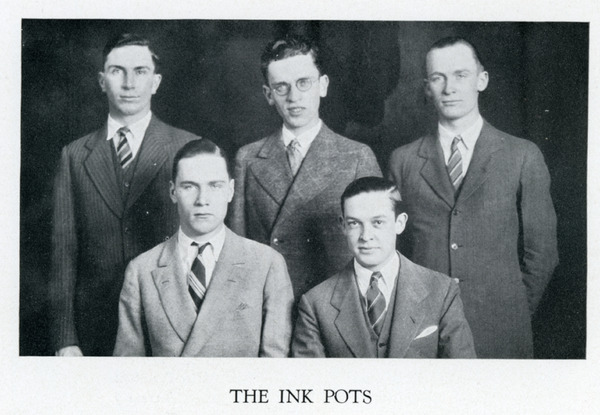
The Ink Pots were an informal literary organization composed solely of Loyola University students. The students held regular weekly meetings where they discussed the texts they were reading.
-
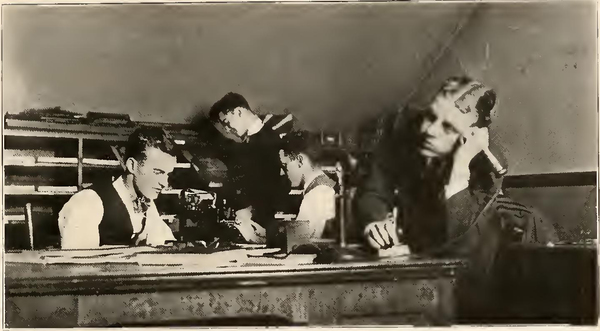
Four members of the Loyola News Staff in various stages of work.
The Loyola News was launched in 1924 and was later renamed the Loyola Phoenix in 1970.
-
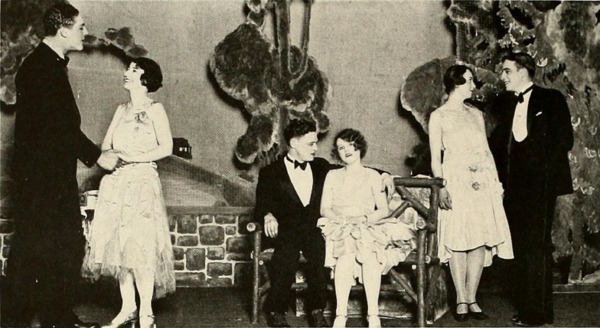
Six students from the Sock and Buskin perform in the play "Turn to the Right". The students are dressed in tuxedoes with bow ties or formal dresses. The standing pair to the left gaze at each other, holding hairs. One member of the seated pair in the center gazes at his partner, who is looking ahead. The pair to the right stand and gaze at each other.
Founded in 1926, Sock and Buskin Club was a theater club. The club's name came about from the practice of comedians wearing socks and tragedians wearing a kind of half-shoe known as a "buskin". As the group wished to portray both humor and serious issues in their plays, they settled on a name that would reflect these directions.

























